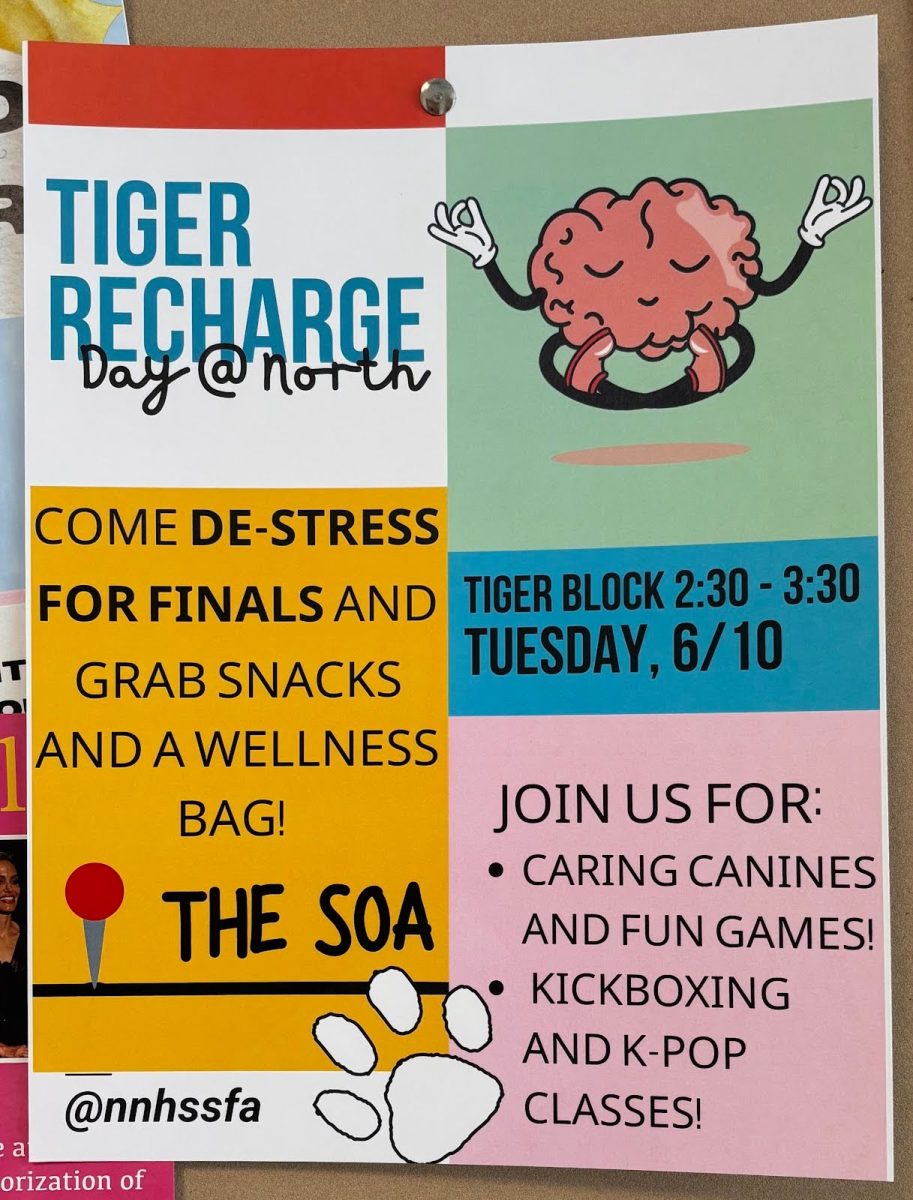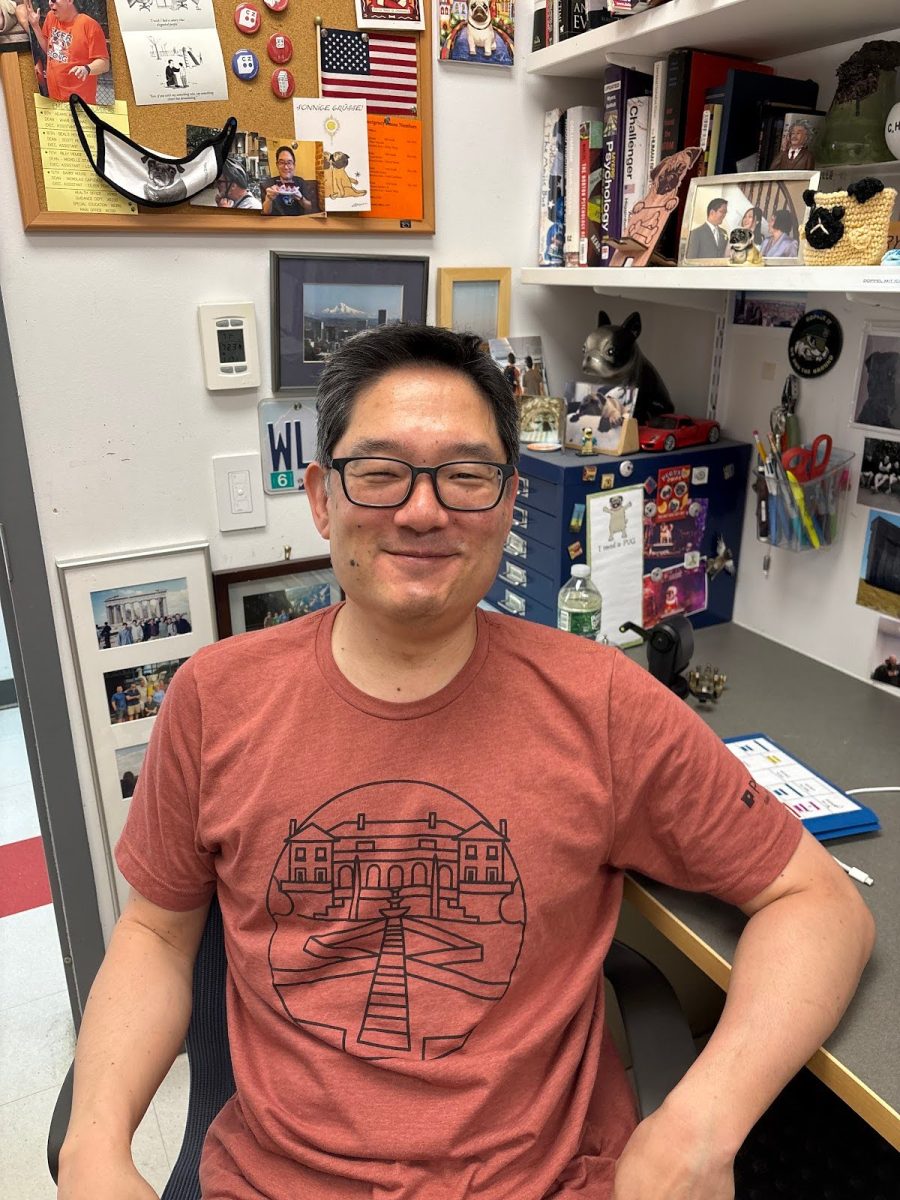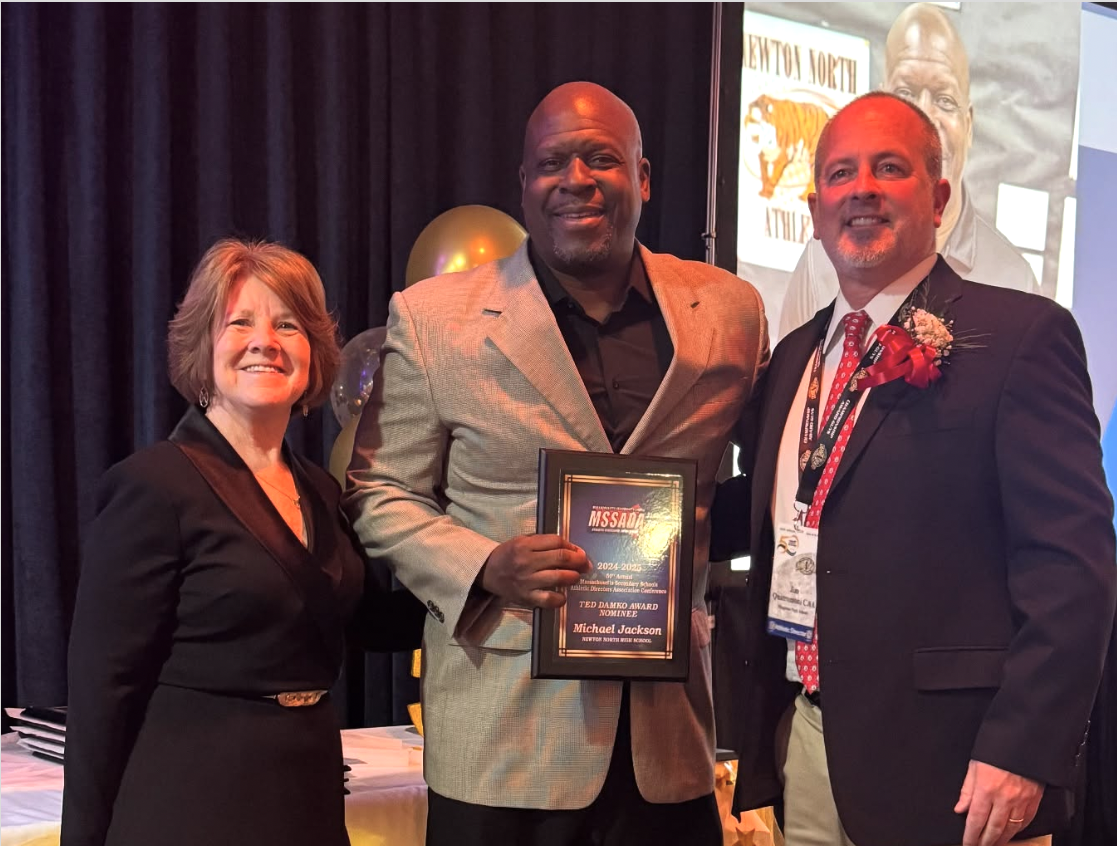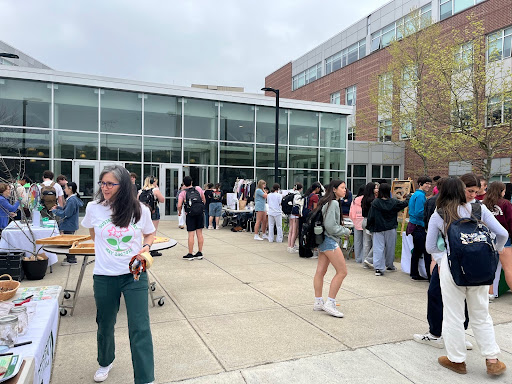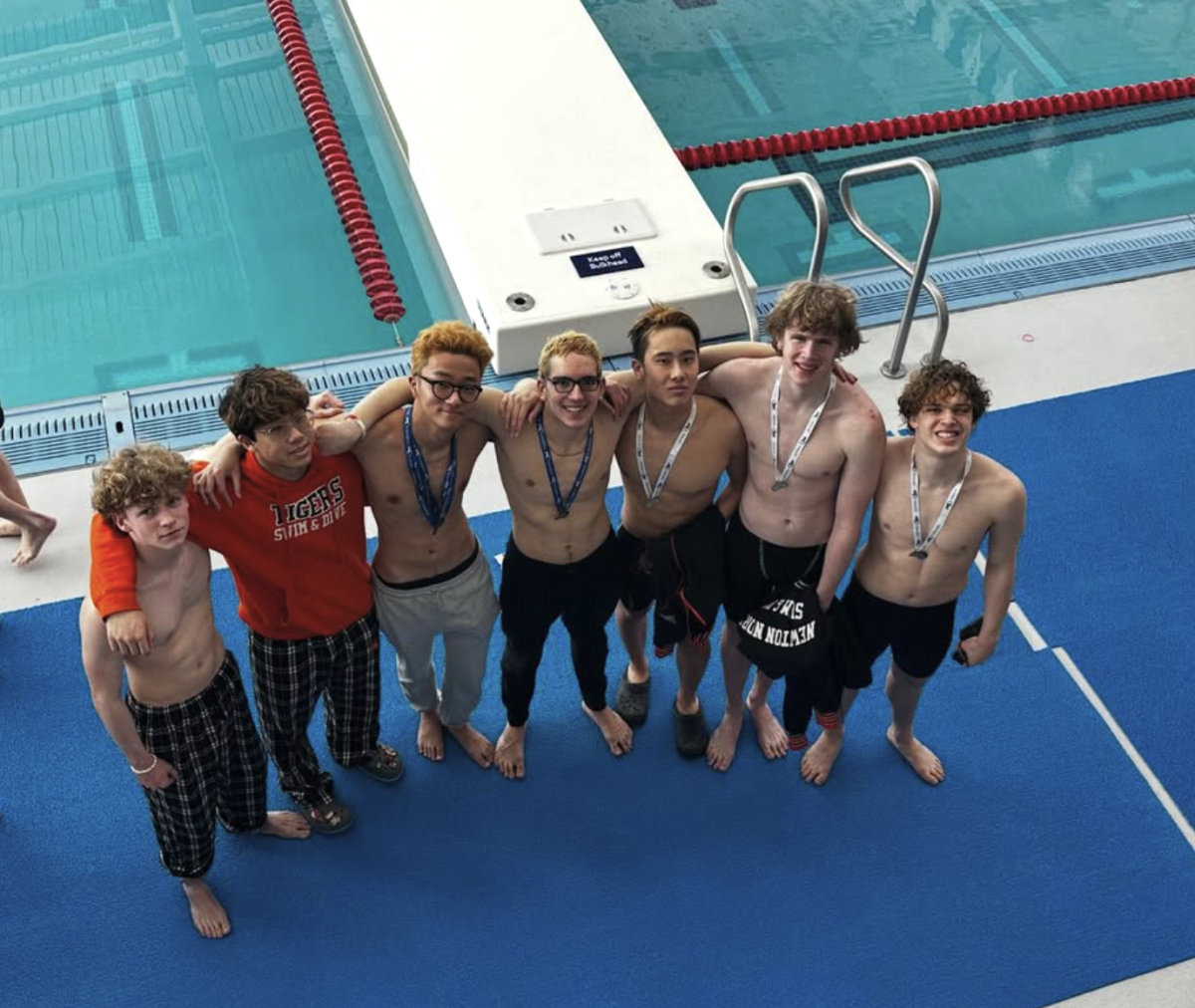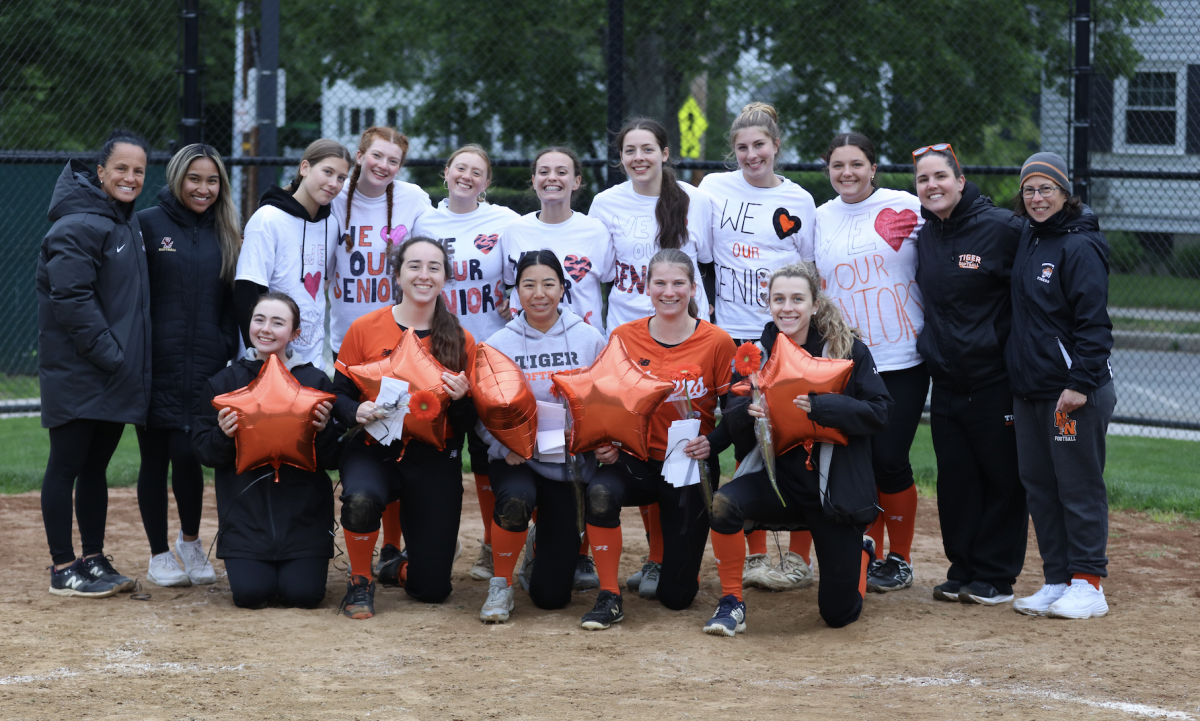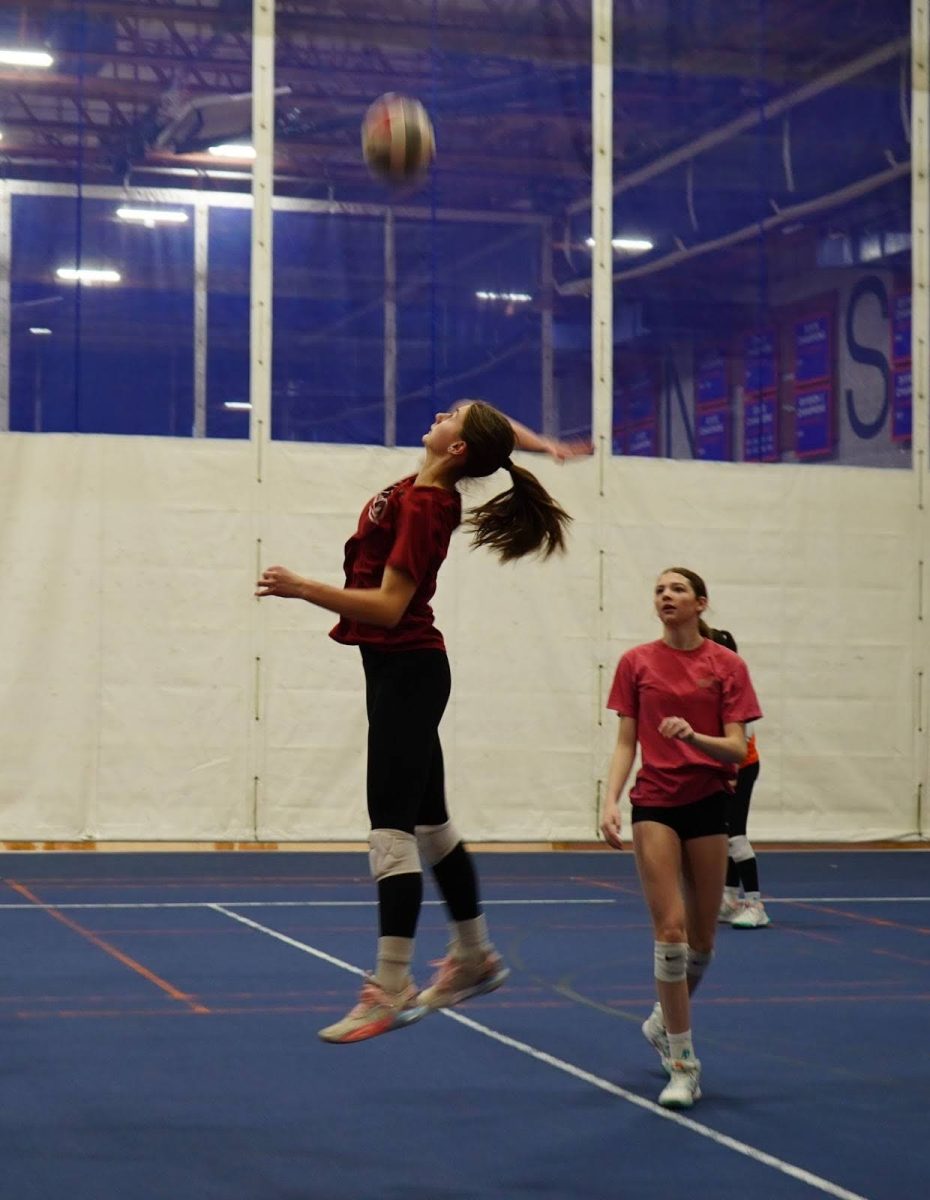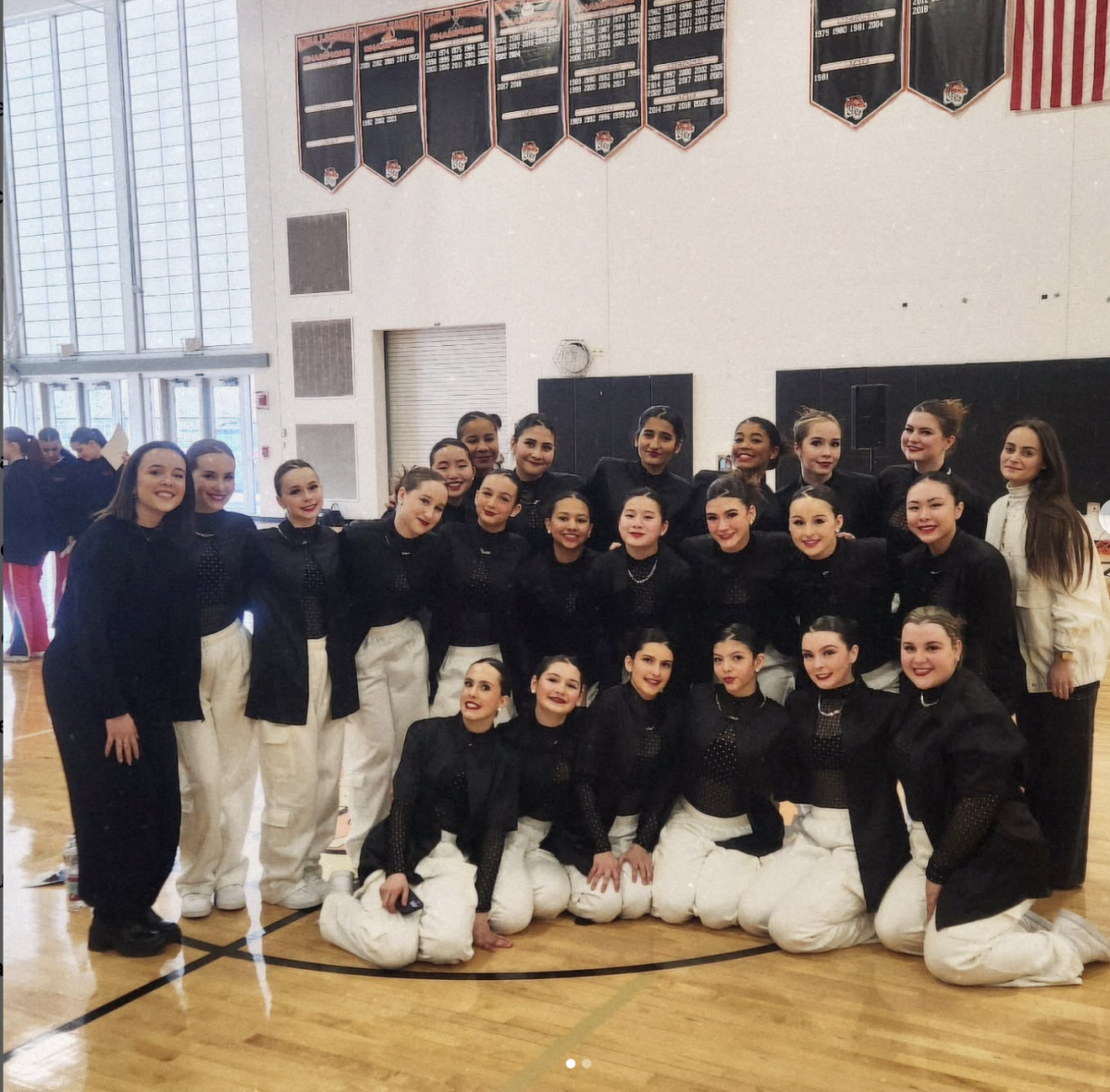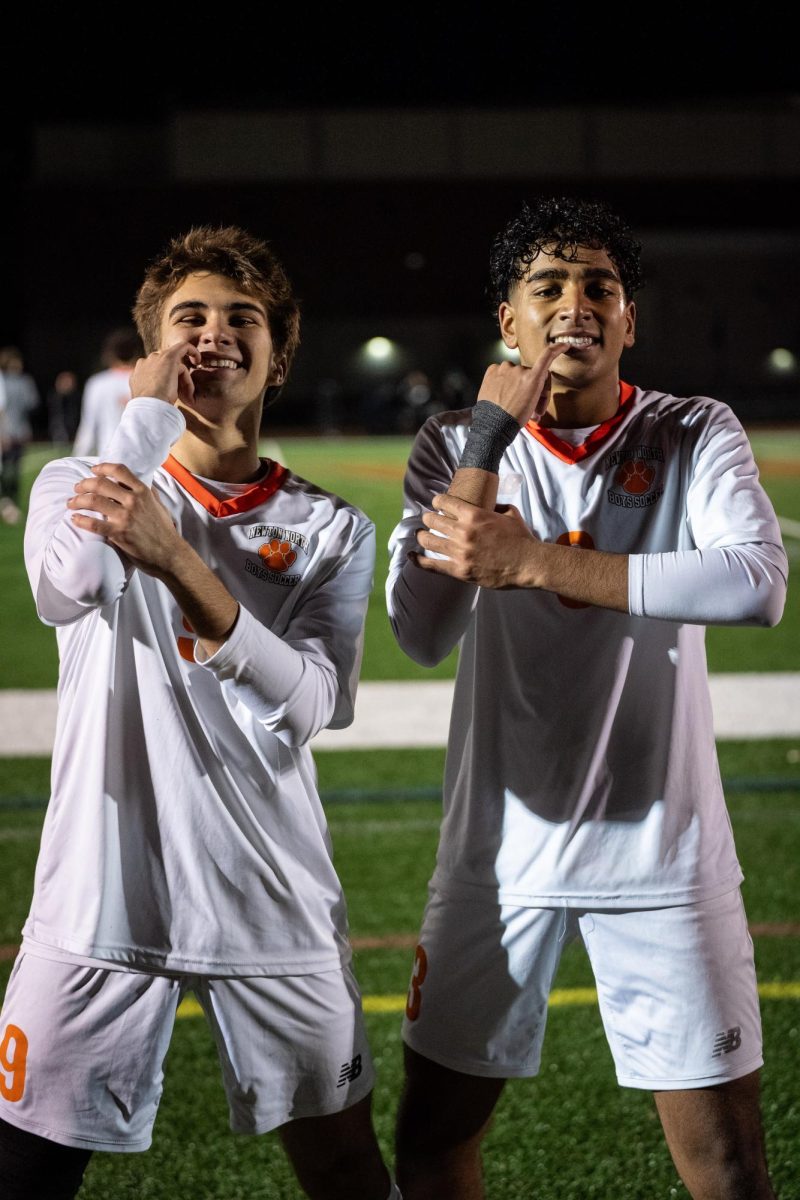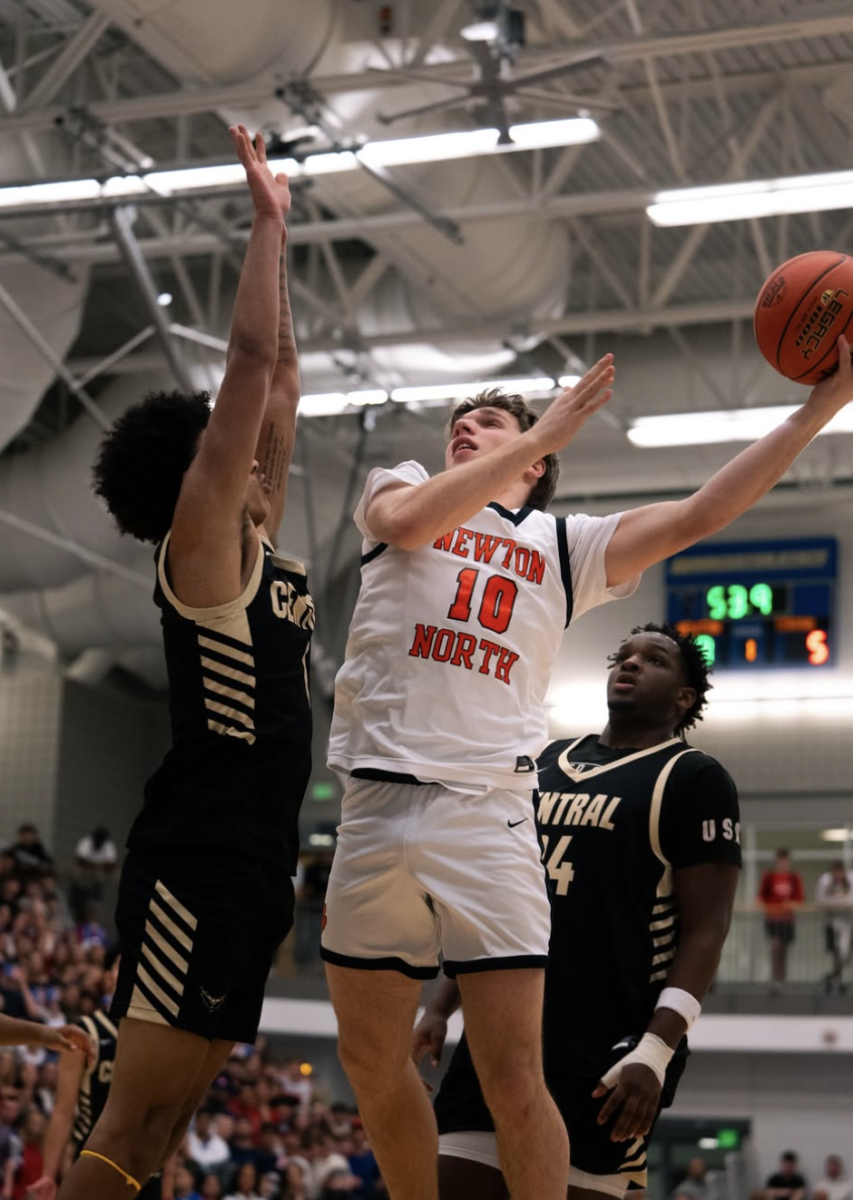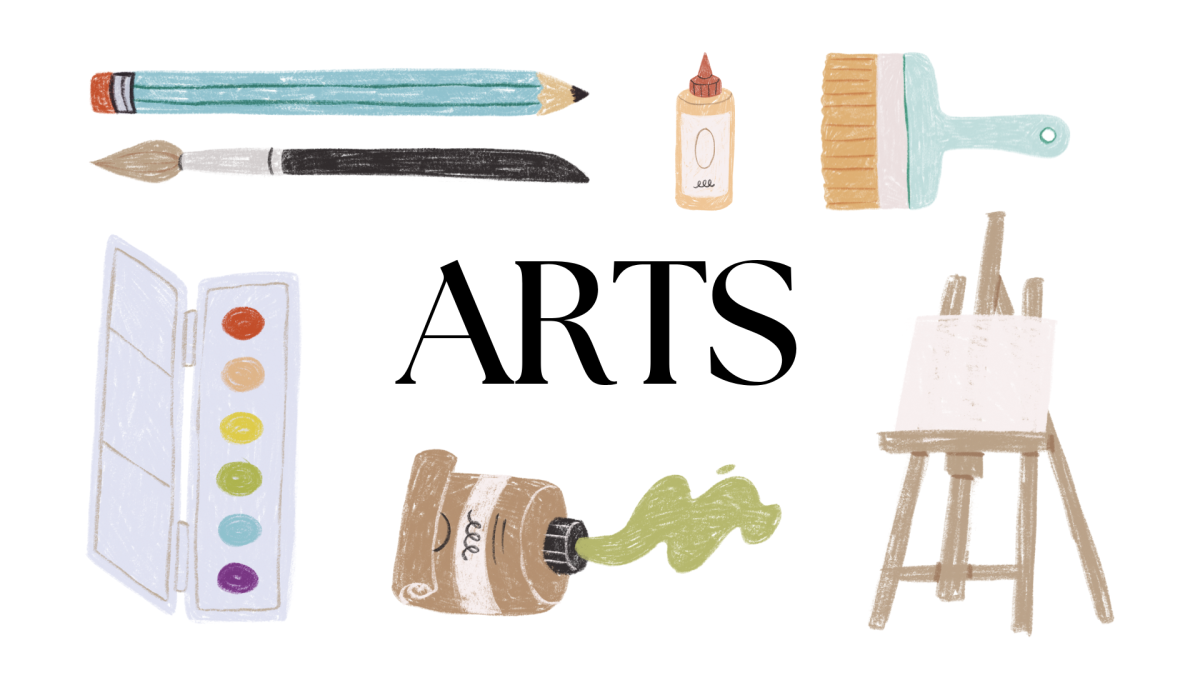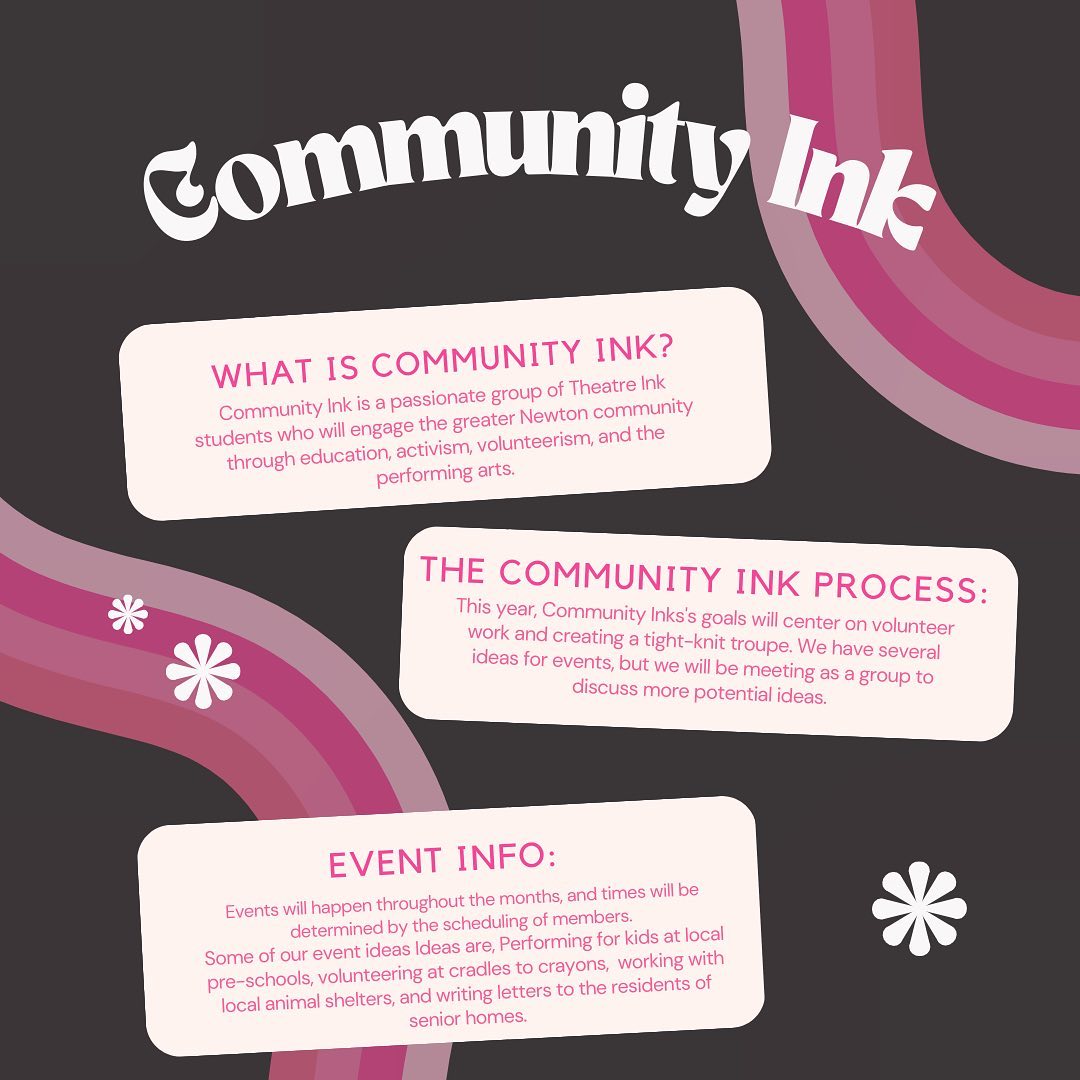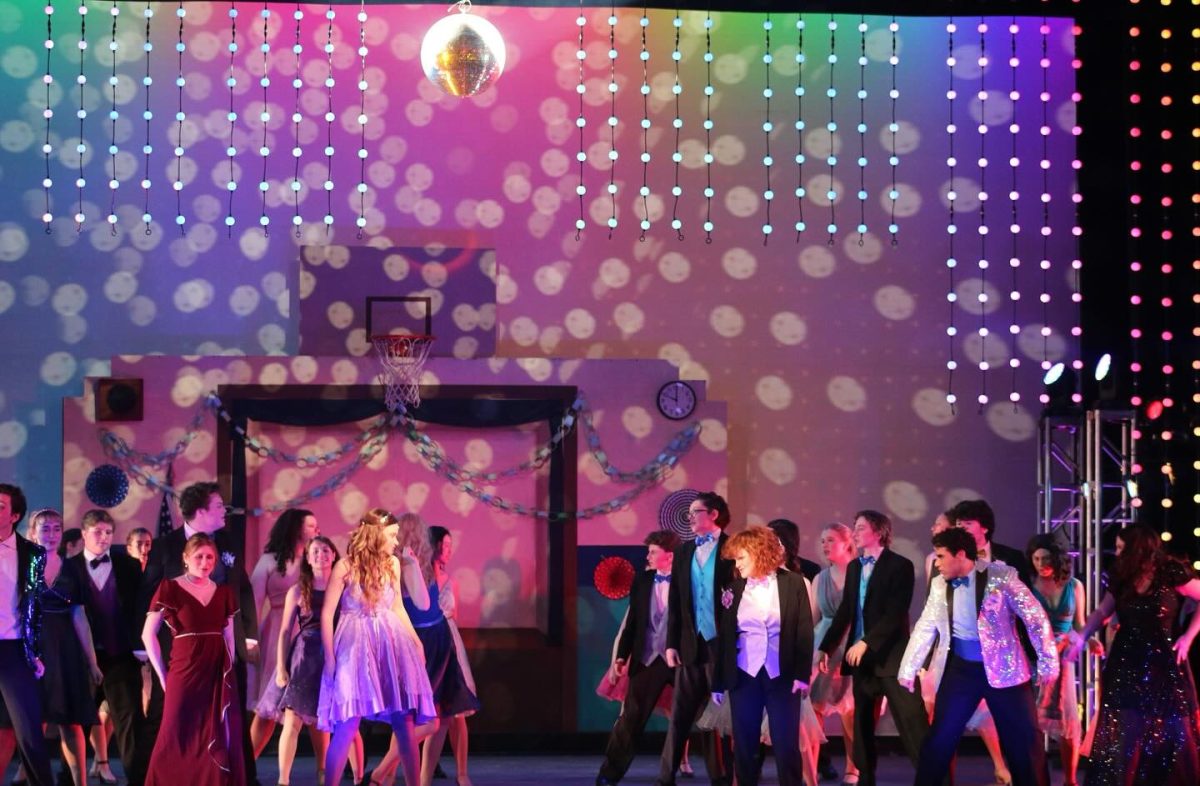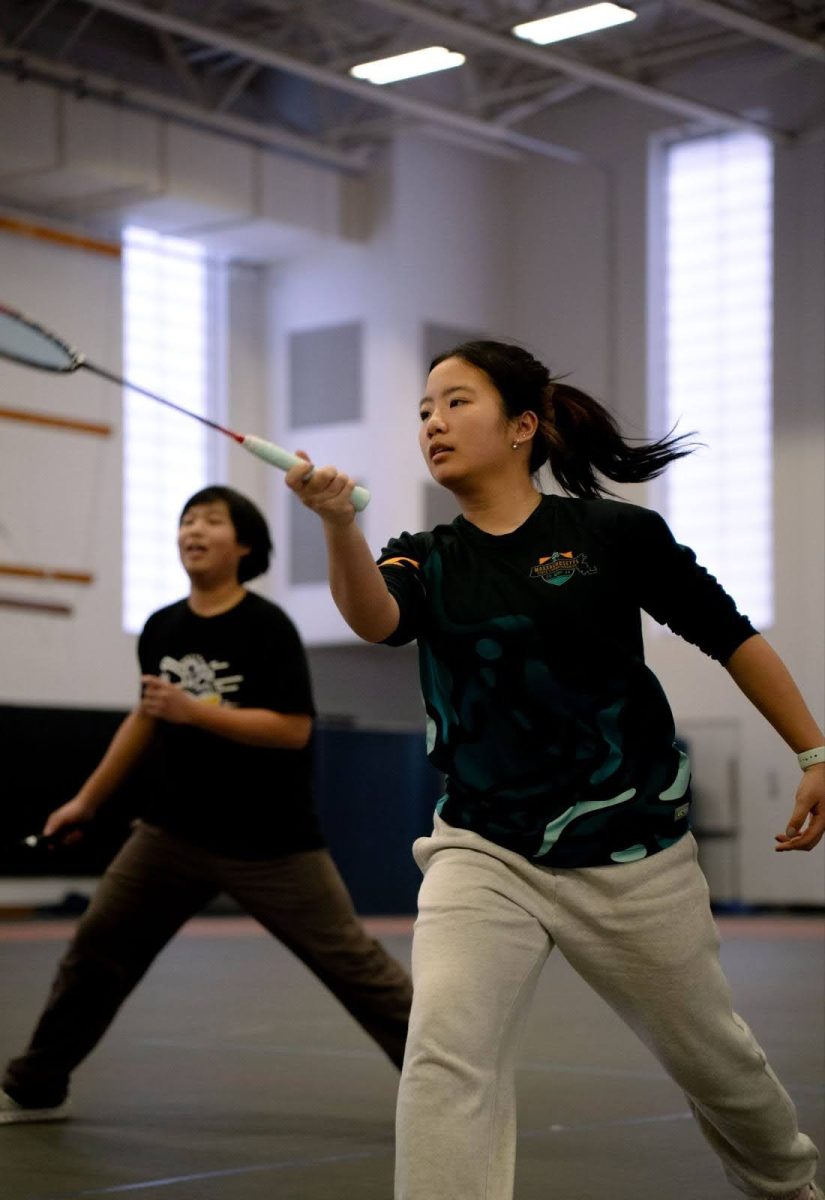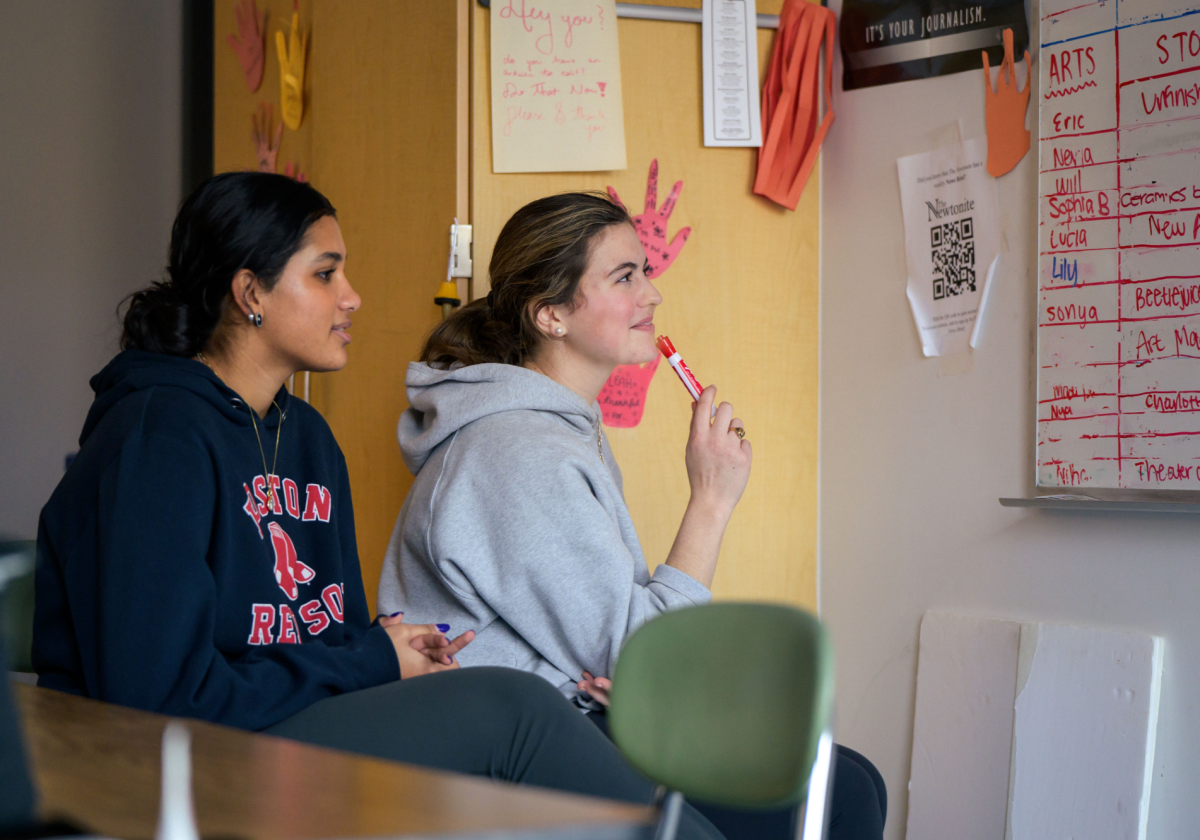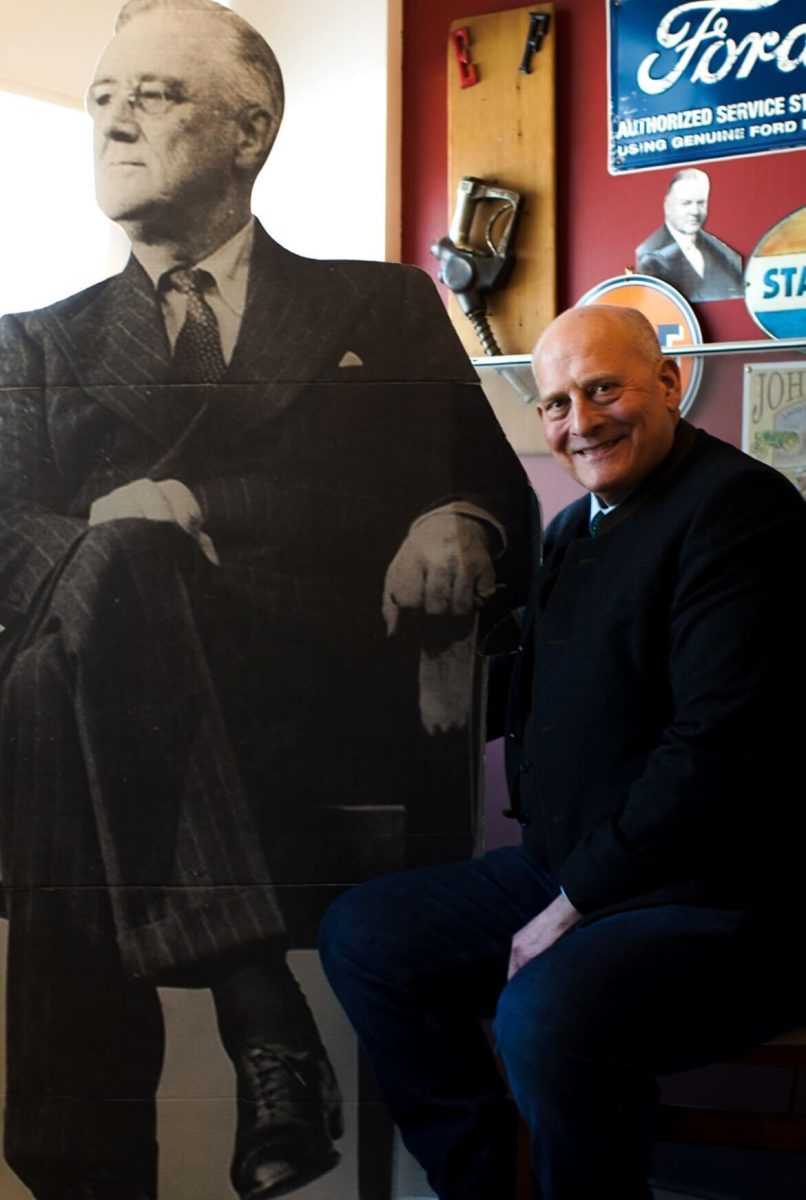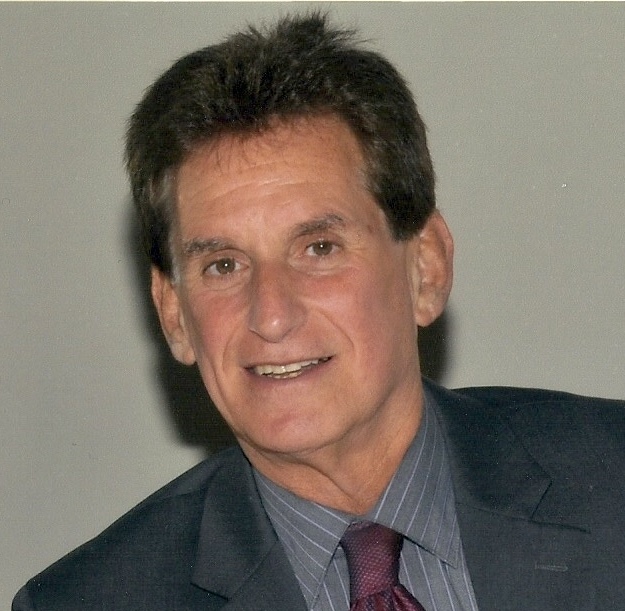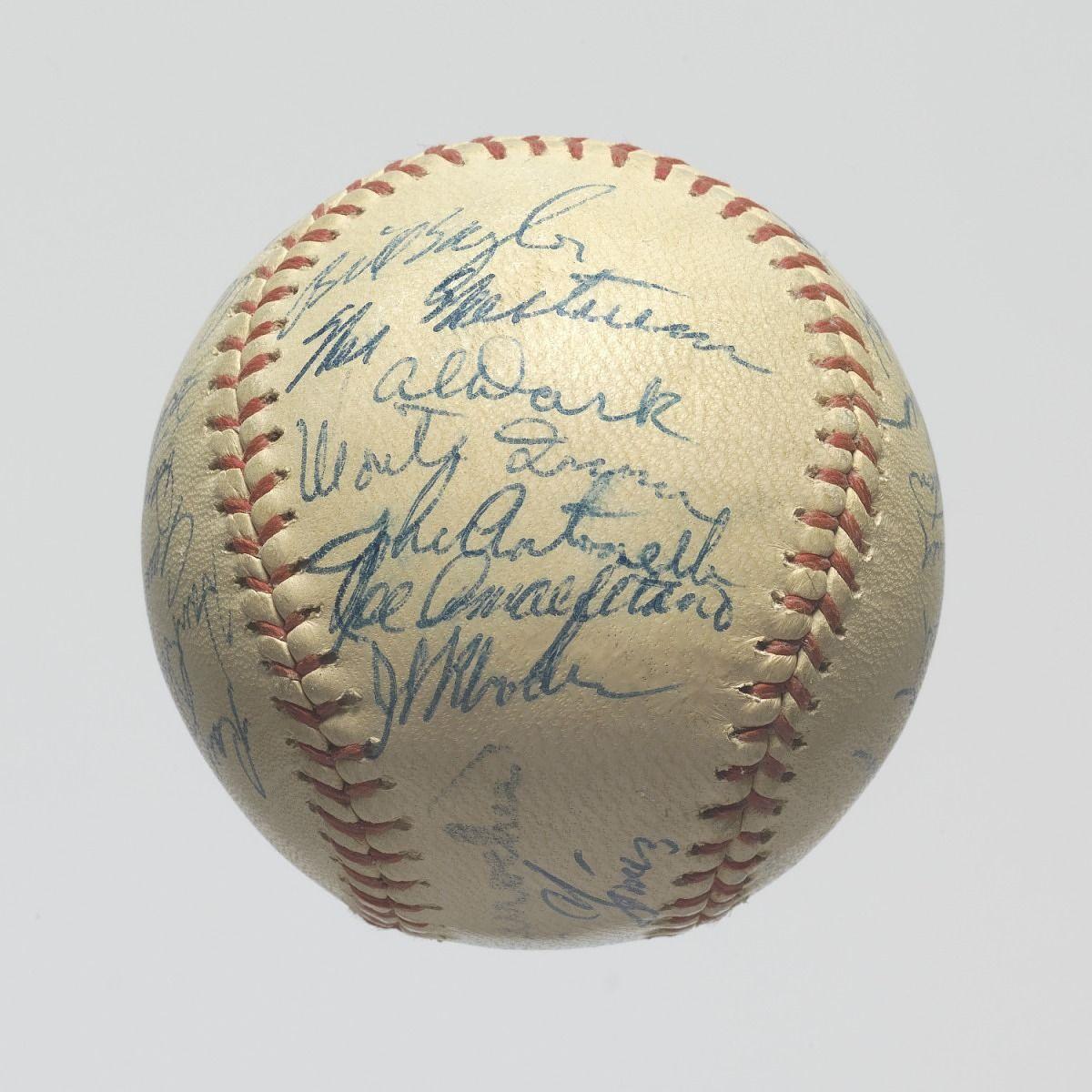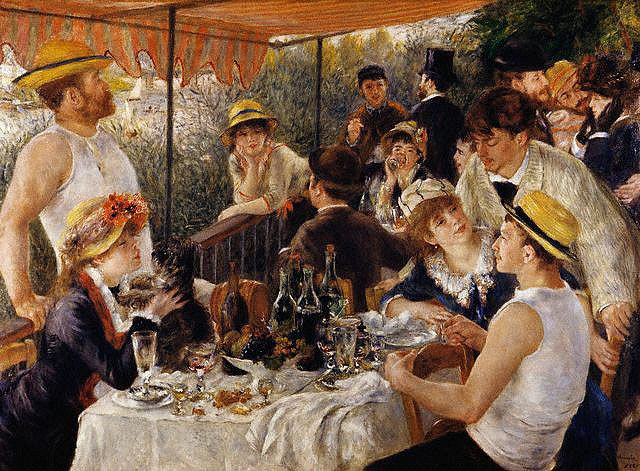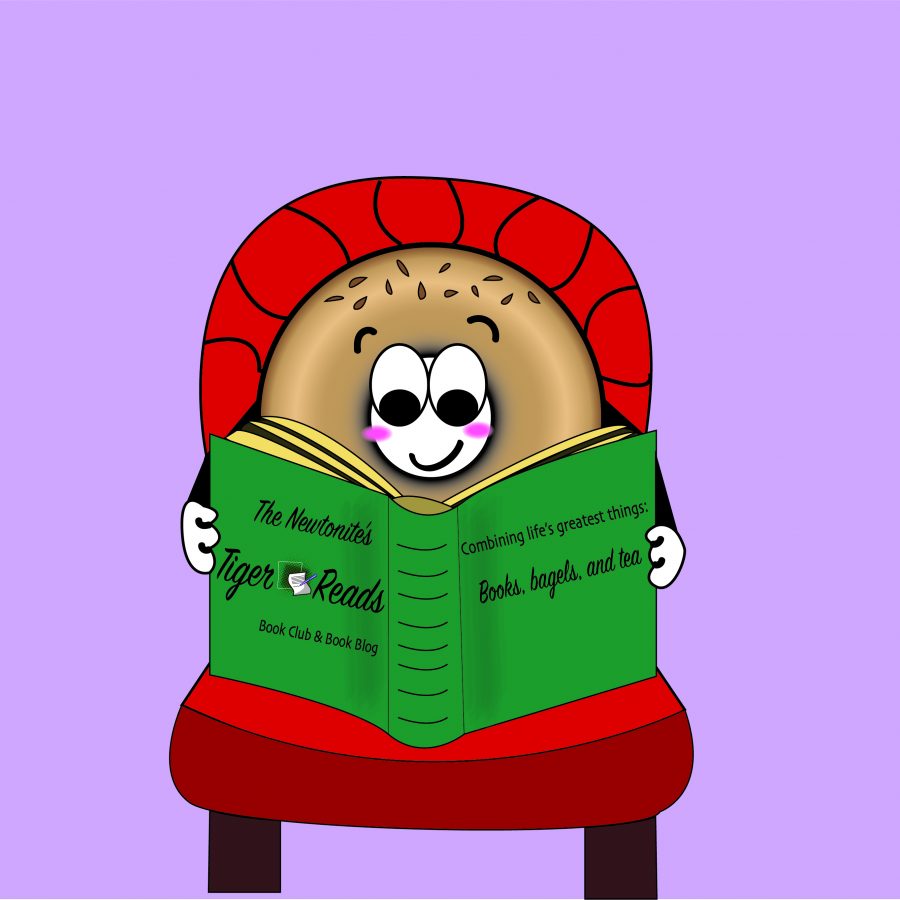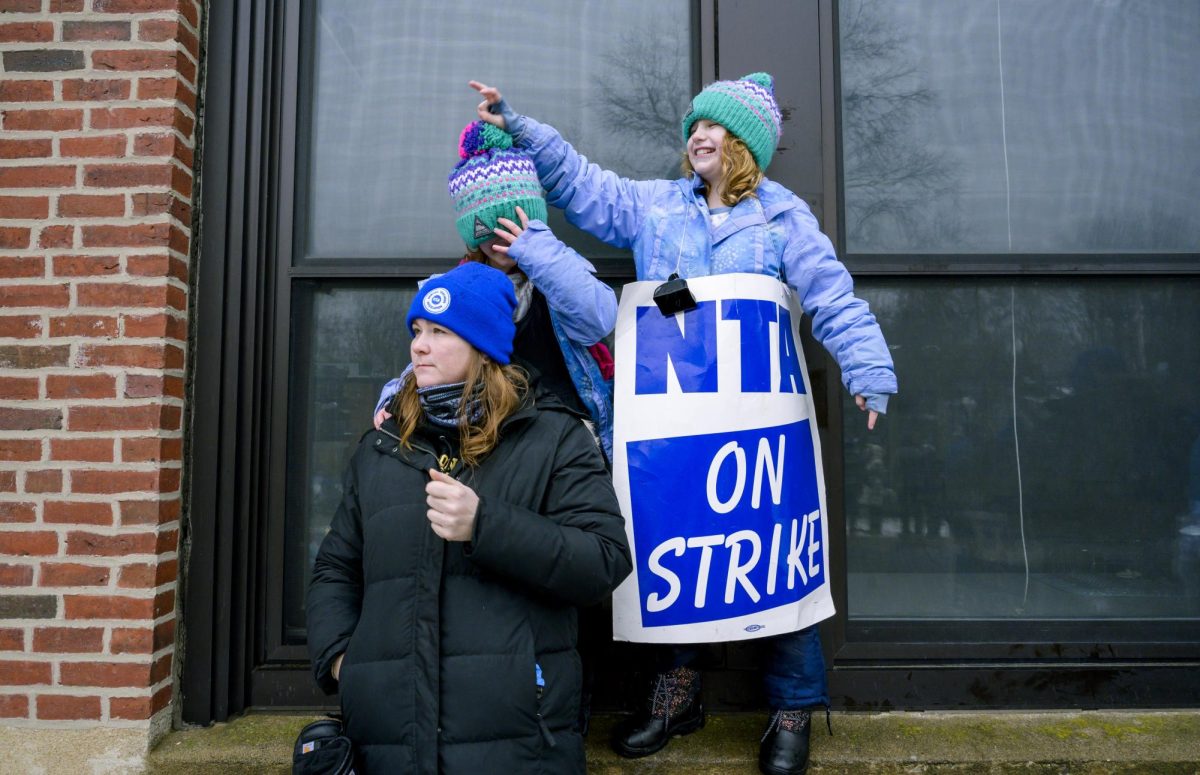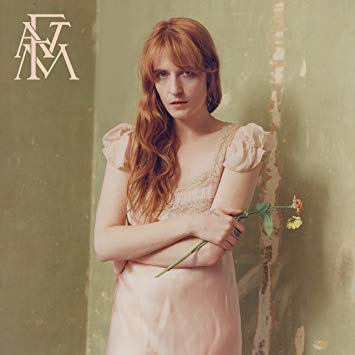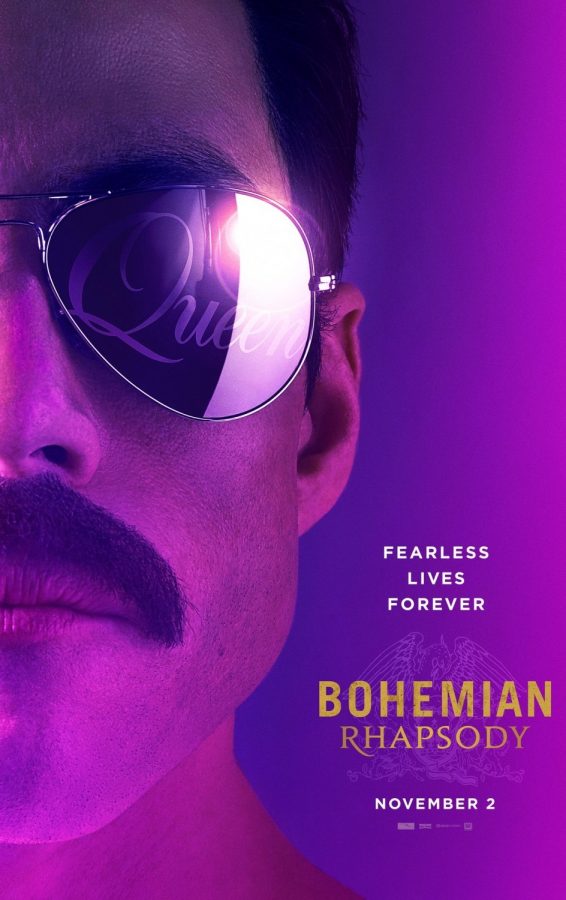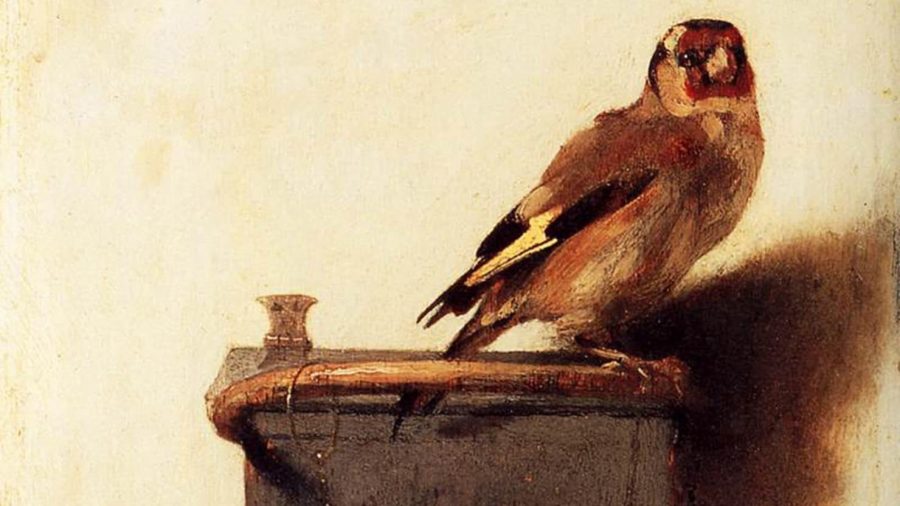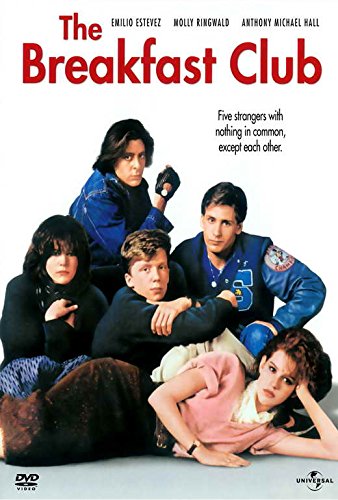by Zoe Goldstein, Maya Lobel, Carolyn McDonald, Sophia Zhou
“What happens to you when you get older? Do you just forget everything from before you turned eighteen?” is a question the novel The Rest of Us Just Live Here by Patrick Ness poses.
The novel, which is a satire of the popular, young adult novel “chosen one” tropes, spends a lot of time deliberating on the battle that is teenagedom.
The Rest of Us Just Live Here follows the narrator, Mike, and his group of self-professed “normal” friends through their teenage trials and tribulations, including crushes, friendships, mental health issues, and irritating school essays.
However, each chapter in the novel begins with a brief paragraph of synopsis about the people Mike and his friends call the “indie kids,” who fulfill the “chosen one” trope and plan to save the world from the newest dystopian plague, while Mike and his friends are caught up in their own teenage struggles. Mike’s world has endured many plagues, including everything from “soul-eating ghosts” to a “vampire cycle of romance and death” to teens “dying beautifully of cancer.” This time, it is the villainous Immortals. In this world of magic and fantasy, even Mike’s best friend is a descendant of gods—“‘three-quarters Jewish, one-quarter God.’”
Ness weaves these two different storylines together to explore the question of what it’s like not to be a “chosen one.” Although juxtaposing these two storylines may just seem like a petty belittlement of “chosen one” stories, but, instead, the novel’s real focus is on the parallels between two different types of monsters: the ones with fangs and claws and glowing blue eyes and the ones we encounter every day.
The novel begins with main characters Mike, Mel, Jared, and Henna discussing what love is and their final essay of the year. Everything is normal until an “indie kid” named Finn dies. Mike and his friends don’t make a big deal of his death; they are used to the dystopian horrors young adult readers know so well. As the novel continues and the “indie kids” fight for their lives and for the sake of the world, Mike and his friends fight to survive their senior year, figuratively and literally. Ness effectively draws parallels between being a hero and being a teen, and how the two may not be as different as one might think.
The novel intermingles the lives of teenagers and the supernatural beings to create a story that is, on the surface, a tongue-in-cheek satire and more deeply, a refreshing and honest look at modern adolescence. Through this juxtaposition, Ness manages to touch on everything from friendship troubles to mental health, from sexuality to generational differences.
For instance, the novel realistically portrays friendship and how difficult it is to balance the wants and needs of everyone in a friend group. Mike, the narrator of the story, struggles to find his place in his friend group—he feels as if he’s taking too much and not giving enough back. His self-consciousness about his neediness causes him to feel threatened by the arrival of new kid Nathan and to attempt to push him out of the group. Blinded by his hatred for Nathan and his crush on his best friend, Henna, Mike is completely unaware of a budding romance between Nathan and another friend in the group. The push-and-pull between Mike’s self-awareness and obliviousness demonstrate contradictions that are quintessentially teenage.
Ness weaves many other relevant teenage struggles into the stories of Mike and his friends. Mike has OCD, which traps him in loops that he can’t seem to escape. Similarly, Mike’s sister, Mel, struggled with an eating disorder before the events of the novel, and the novel chronicles her slow recovery.
Forgoing the usual tropes of mental health, Ness paints a nuanced and comprehensive portrait of both the character and the mental illness, showing the dips and grooves that come with recovering from mental health issues.
As part of his discussion of recovery, Ness also gives an important portrayal of therapy as a helpful and valuable way of dealing with various issues. The painfully honest exchanges Mike has with his therapist are refreshing and reverse cliches of demonic therapists and therapy-gone-wrong stories.
For example, Mike’s therapist explains his anxiety to him in an empathetic and rational way: “‘Feelings don’t try to kill you, even the painful ones. Anxiety is a feeling grown too large…You’re responsible for its consequences, you’re responsible for treating it. But Michael, you’re not responsible for causing it. You’re not morally at fault for it. No more than you would be for a tumor.’” This portrayal of therapists is far more realistic and much less demonized than many other books.
The strength it takes to deal with and recover from mental health issues is featured heavily in the novel, which doesn’t just dwell upon, or romanticize, the doom and gloom of mental illness. Both Mike and Mel feel powerless at points, but Ness shows them seeking help and progressing because of that help, something rarely seen in modern young adult literature.
Through his satire on dystopian novels, rejection of tropes, and down-to-earth portrayals of mental illness and therapy, Ness does a beautiful job proving that the physical fights aren’t always the hardest ones; staying sane as a teenager is just as big a battle as defeating soul-eating ghosts. Also featuring said soul-eating ghosts effectively demonstrates the parallels between being “chosen” and being “normal,” instead of the differences between them.
As Mike puts it at the end of the book, “Not everyone has to be the Chosen One. Not everyone has to be the guy who saves the world. Most people just have to live their lives the best they can.”
“The Rest of Us Just Live Here” shows the other side of the dystopian story
December 10, 2017
Donate to The Newtonite
More to Discover


